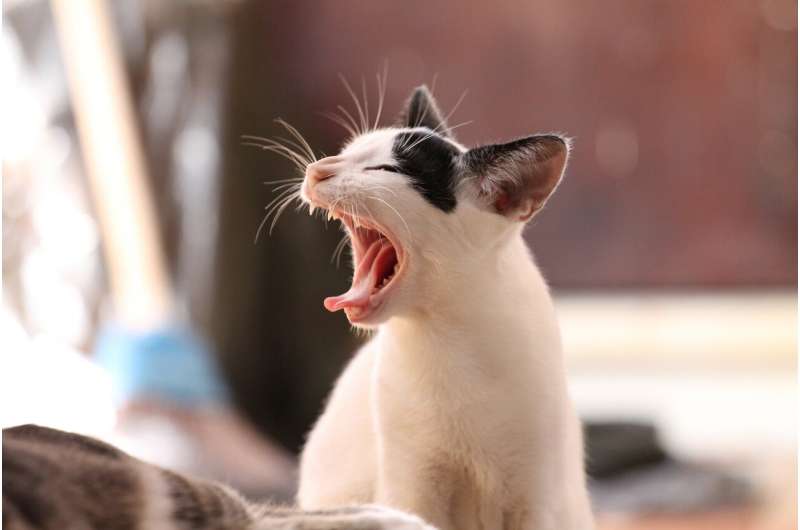First generation of induced pluripotent stem cells from domestic cats

Researchers have reported for the first time producing feline induced pluripotent stem cells (fiPSCs) from adult cells of domestic cats. The methods and implications of this research are published in Stem Cells and Development.
Luke Dutton, Jayesh Dudhia, Deborah Guest, and David Connolly, Royal Veterinary College, University of London (Herts) and Animal Health Trust (Suffolk), U.K. coauthored the article entitled "Inducing Pluripotency in the Domestic Cat (Felis catus)." The availability of fiPSCs may make it possible to develop cellular models of genetic diseases affecting domestic cats—and similar human disorders—contributing to a better understanding of those diseases and the identification of novel therapeutic approaches. The fiPSCs generated by Dutton et al. were able to differentiate in vitro into cells that represented all three germ layers and produced relevant stem cell markers.
Graham C. Parker, Ph.D., Editor-in-Chief of Stem Cells and Development and The Carman and Ann Adams Department of Pediatrics, Wayne State University School of Medicine, Detroit, MI states: "Although other groups have previously reported derivation of iPSCs from species of wild cats, this is the first characterization of iPSCs from this important companion species."
More information: Luke C. Dutton et al, Inducing Pluripotency in the Domestic Cat (Felis catus), Stem Cells and Development (2019). DOI: 10.1089/scd.2019.0142




















